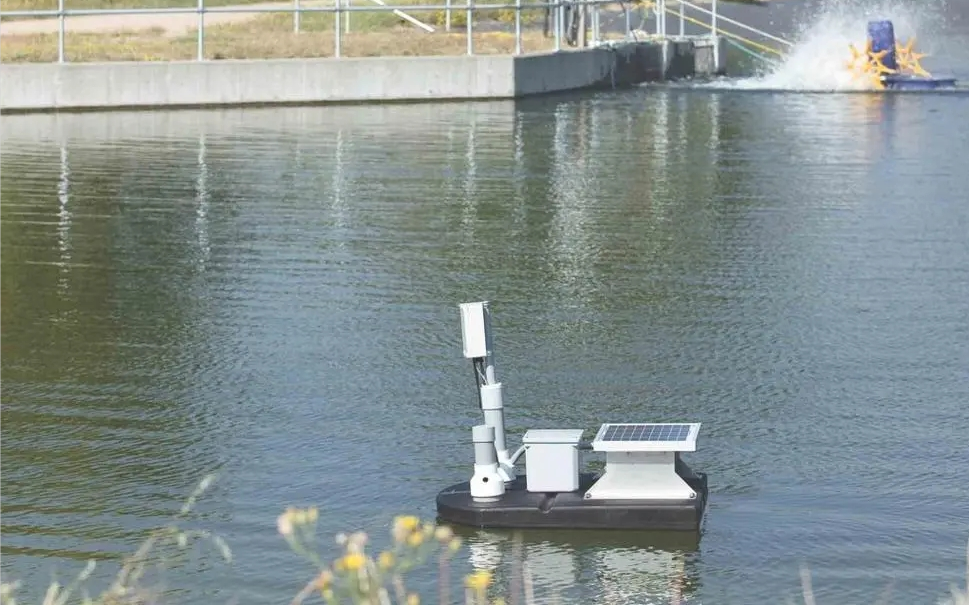

— Blogs —
—Products—
 Consumer hotline +8618073152920
Consumer hotline +8618073152920 WhatsApp:+8615367865107
Address:Room 102, District D, Houhu Industrial Park, Yuelu District, Changsha City, Hunan Province, China
Product knowledge
Time:2024-02-03 16:01:09 Popularity:501
Environmental monitoring refers to the systematic collection, analysis, and interpretation of data from the natural environment, including air, water, soil, and living organisms.The main goal of environmental monitoring is to assess changes in environmental conditions caused by human activities or natural phenomena.This information is used to inform decision-making processes, policies, and regulations related to environmental protection.
Environmental monitoring involves various types of measurements and assessments, such as:

1.Air Quality Monitoring
- Measuring concentrations of pollutants (e.g., particulate matter, carbon dioxide, volatile organic compounds) in outdoor and indoor air.
- Assessing air quality impacts on human health, ecosystems, and climate change.

2.Water Quality Monitoring
- Monitoring water quality parameters (e.g., pH, dissolved oxygen, temperature, turbidity) in rivers, lakes, groundwater, and oceans.
- Assessing water quality impacts on aquatic life, human health, and ecosystem services.
3.Soil Quality Monitoring
- Measuring soil properties (e.g., texture, organic matter content, nutrient levels, pH) to assess soil health, fertility, and degradation.
- Identifying soil contaminants (e.g., heavy metals, pesticides) and their potential impacts on human health and ecosystems.

4.Biodiversity Monitoring
- Assessing the diversity and abundance of plant and animal species in specific areas or ecosystems.
- Monitoring changes in species distribution and population trends over time.
5.Climate Monitoring
- Measuring atmospheric variables such as temperature, precipitation, wind speed and direction, humidity, and solar radiation.
- Assessing the impacts of climate change on natural systems, human health, and infrastructure.
6.Hazardous Waste Monitoring
- Monitoring hazardous waste disposal sites to assess the potential risks to human health and the environment.
- Measuring the levels of hazardous substances in soil, groundwater, and surface water to ensure compliance with regulations.
Environmental monitoring can be conducted at various scales, from local to global levels, and uses a range of methods, including field measurements, laboratory analysis, remote sensing, and modeling. The data collected are essential for environmental planning, assessment, and the development of strategies to protect and manage the environment effectively. and can involve different stakeholders, including government agencies, private companies, non-governmental organizations, and individuals.The data collected through environmental monitoring provides a basis for informed decision-making, policy development, and regulation to protect the environment and human health.
Related recommendations
Sensors & Weather Stations Catalog
Agriculture Sensors and Weather Stations Catalog-NiuBoL.pdf
Weather Stations Catalog-NiuBoL.pdf
Related products
 Combined air temperature and relative humidity sensor
Combined air temperature and relative humidity sensor Soil Moisture Temperature sensor for irrigation
Soil Moisture Temperature sensor for irrigation Soil pH sensor RS485 soil Testing instrument soil ph meter for agriculture
Soil pH sensor RS485 soil Testing instrument soil ph meter for agriculture Wind Speed sensor Output Modbus/RS485/Analog/0-5V/4-20mA
Wind Speed sensor Output Modbus/RS485/Analog/0-5V/4-20mA Tipping bucket rain gauge for weather monitoring auto rainfall sensor RS485/Outdoor/stainless steel
Tipping bucket rain gauge for weather monitoring auto rainfall sensor RS485/Outdoor/stainless steel Pyranometer Solar Radiation Sensor 4-20mA/RS485
Pyranometer Solar Radiation Sensor 4-20mA/RS485
Screenshot, WhatsApp to identify the QR code
WhatsApp number:+8615367865107
(Click on WhatsApp to copy and add friends)